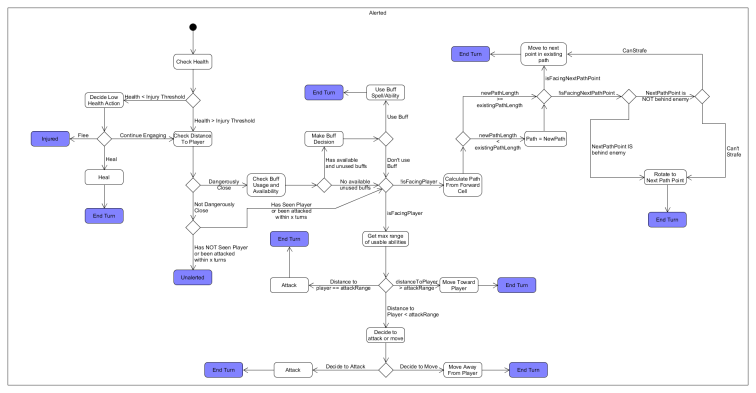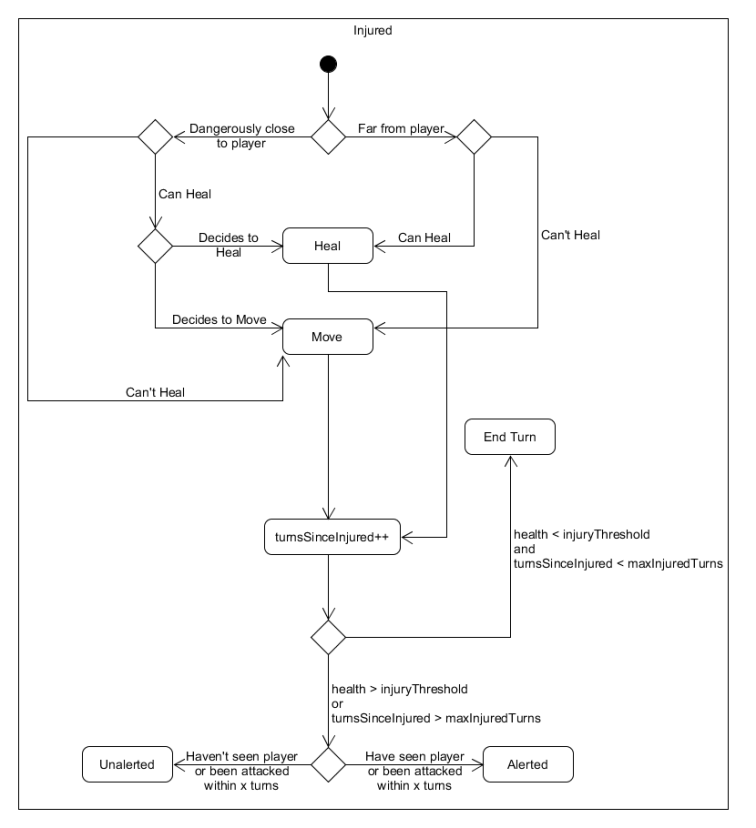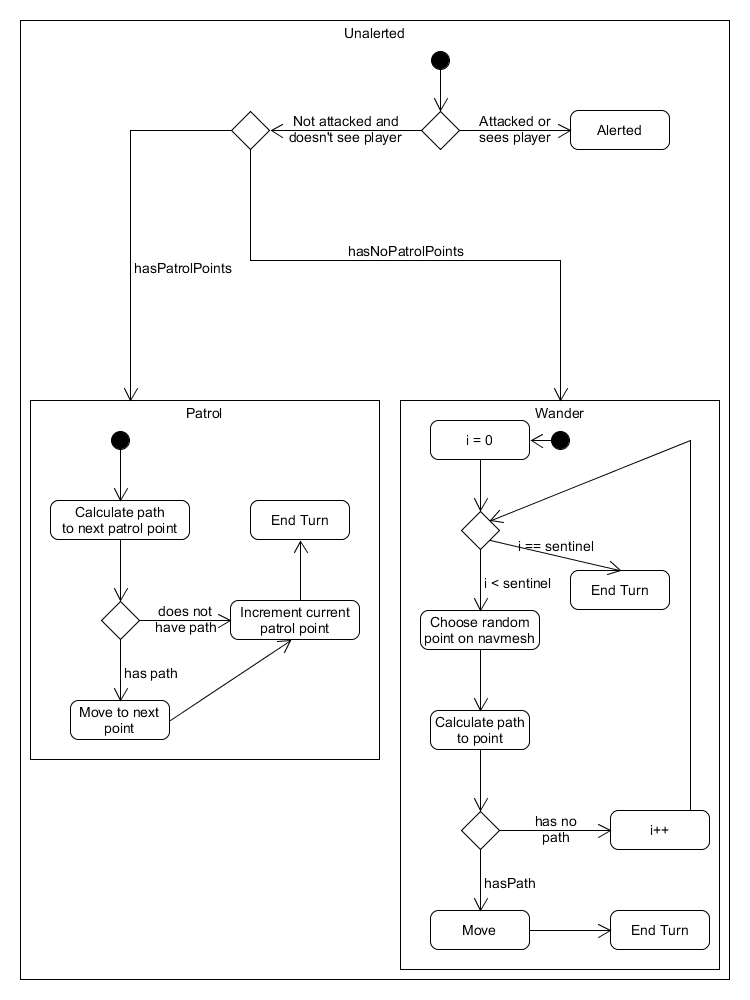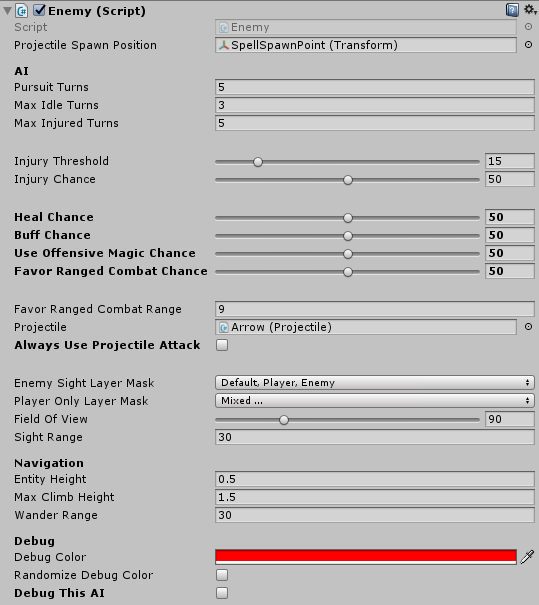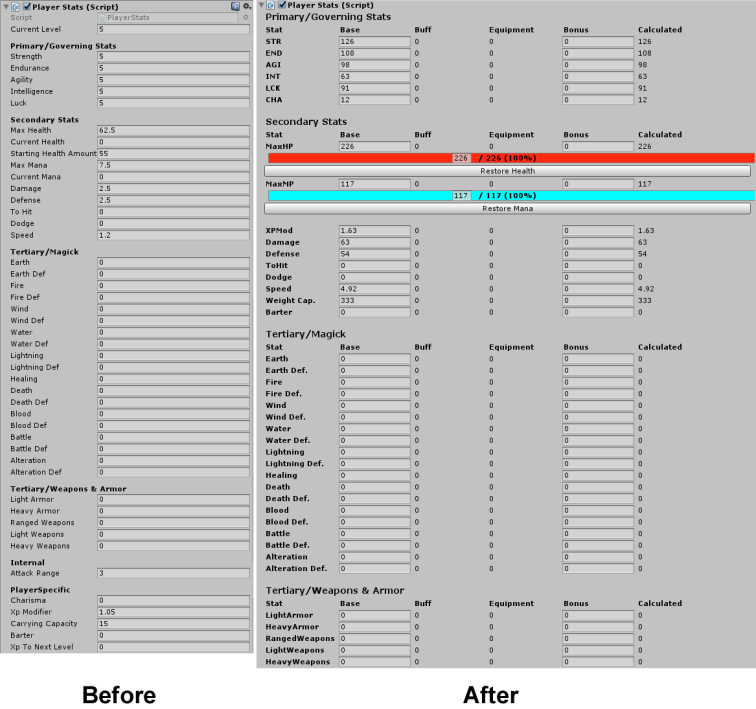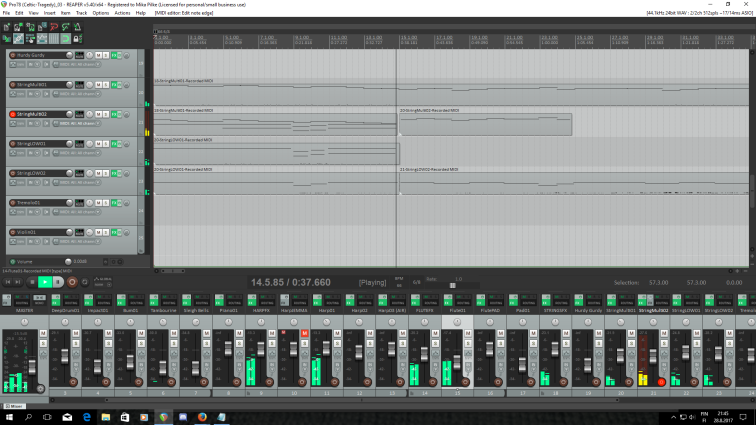I've been working on my current project for about six months now, and have been blogging about it over on GameDev.net since the beginning. Given that itch.io is a potential market, I thought it might be smart to start blogging over here as well.
These first few posts will be duplicates of the blogs I've already written, just to keep everyone in the loop, but there will be a lot more content coming as the project continues to progress.





